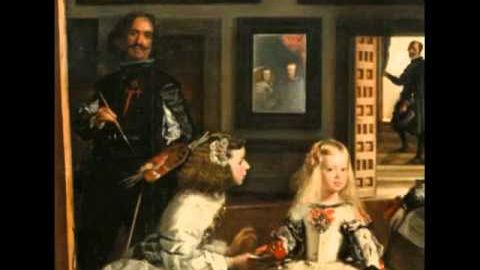ベラスケス、ラス・メニーナス、1656年頃 (Velázquez, Las Meninas, c. 1656)
姚易辰 が 2021 年 01 月 14 日 に投稿  この条件に一致する単語はありません
この条件に一致する単語はありません- n. (c./u.)気持ち;分別ある判断力;意味
- v.t./i.(感覚器官で)感知する : 気づく;感じる
US /'moʊmənt/
・
UK /'məʊmənt/
US /səɡˈdʒɛst, səˈdʒɛst/
・
UK /səˈdʒest/
エネルギーを使用
すべての単語を解除
発音・解説・フィルター機能を解除

